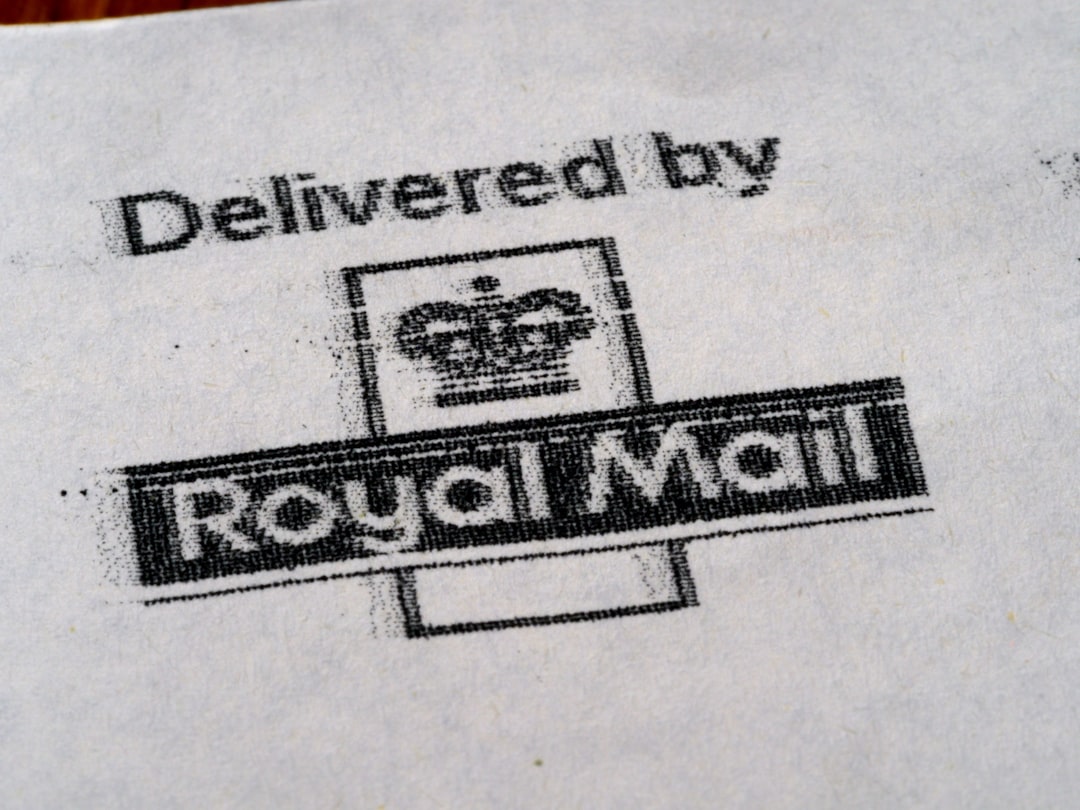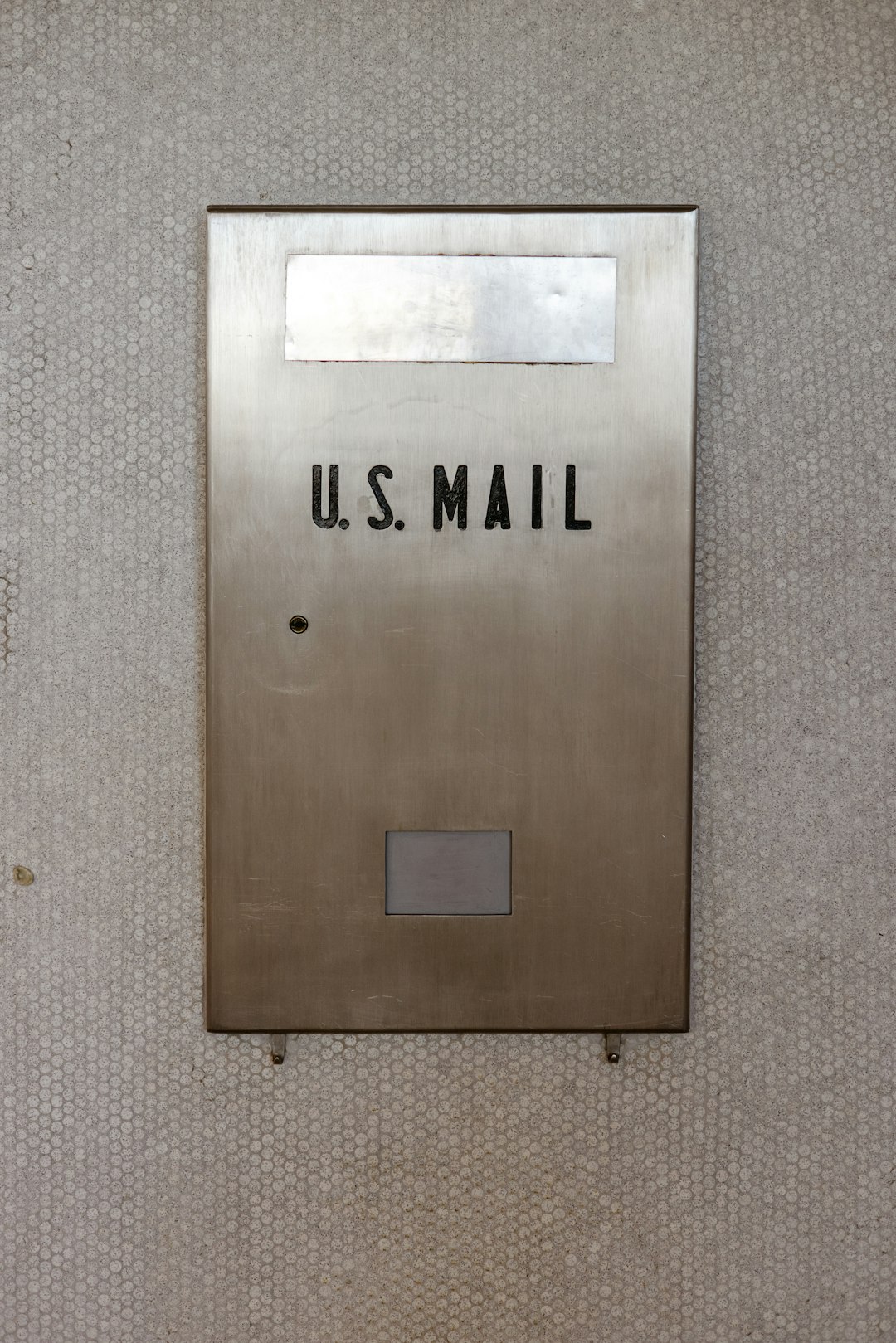Maintaining accurate and standardized address data is a vital component of professional and efficient operations in the United Kingdom. Whether for logistics, marketing campaigns, billing, or customer service, having a clean and compliant address database ensures that communication reaches its intended recipient on time. The Royal Mail, responsible for postal services in the UK, has established strict guidelines and standards that all businesses should adhere to when storing and using address data. This article will give an in-depth look at Royal Mail address standards and how sample UK addresses should be formatted in line with these requirements.
Why Do Royal Mail Address Standards Matter?
Address formatting might seem trivial to some, but the impact of incorrect or non-standardized addresses can be considerable. From delayed deliveries and returned items to compliance issues and wasted marketing budgets, a faulty address list leads to unnecessary costs and inefficiencies.
According to Royal Mail, approximately five million items a year fail to reach their destination due to incorrect addressing. These failed deliveries can hurt a business’s reputation and profitability. By adhering to Royal Mail standards, companies can ensure:
- Improved delivery success rates
- Reduced postage costs through correct sorting
- Higher data integrity and reduced duplication
- Professionalism in customer communication
UK Address Structure: Standard Components
A valid UK address contains a number of core elements structured in a specific order. To be compliant with Royal Mail standards, each component should be placed on a new line without punctuation and be written in capital letters where appropriate.
The typical structure of a UK address includes:
- Addressee – The name of the individual or business
- Property identifier – House number, flat number, or building name
- Street name – Thoroughfare or road name
- Locality – Needed if it’s not part of the post town or to help clarify the address
- Post town – Always written in capital letters
- Postcode – In full, without gaps within characters
This standardized format helps Royal Mail sort and deliver mail efficiently and accurately.
Example of a Correctly Formatted UK Address
Here is a properly formatted address in line with Royal Mail’s addressing guidelines:
MR JOHN SMITH 10 CHESTNUT AVENUE STOKE GIFFORD BRISTOL BS34 8QT
Notice how every element appears on a separate line, with capital letters and no punctuation – this promotes clarity and postal recognition.
Here is another example with a flat number and a named building:
MS SARAH LANE FLAT 4 WINDSOR COURT 50 STATION ROAD READING RG6 7PA

Best Practices for Maintaining a Clean Address Database
Organisations that send mail in the UK should regularly review and cleanse their databases to ensure compliance with Royal Mail’s formatting and content standards. This is particularly important for organisations using direct mail marketing or shipping physical products. Here are some best practices:
1. Use PAF (Postcode Address File) for Verification
The PAF is the authoritative source provided by Royal Mail. It contains over 30 million postal addresses and is essential for verifying and correcting data.
2. Regular Data Cleansing
Many databases contain duplicate, incomplete, or outdated information. Cleaning your address lists using software or third-party services can remove inefficiencies and ensure compliance.
3. Avoid Abbreviations and Punctuation
The Royal Mail recommends avoiding abbreviations, unnecessary punctuation, and extra symbols, as these can interfere with automated sorting systems.
4. Current Postcodes are Essential
A valid, current postcode is one of the most critical components of any UK address. Always ensure that postcodes are correct and that they have not become defunct through recent re-zoning or redevelopment.
5. Format Consistently
Apply the same standards across all customer records, irrespective of region or department. Consistency will reduce human errors and make audits more efficient.
Handling Special Cases in Address Formatting
The Royal Mail also provides guidance for more complex or special address cases, such as PO Boxes, military addresses (BFPO), and large user addresses. Here are examples of those:
PO Box:
XYZ COMPANY PO BOX 123 LONDON W1A 1AA
BFPO Address:
CPL DANIEL CLARK 12345678 ROYAL MARINES BFPO 45
Large User Address:
HM REVENUE AND CUSTOMS BX9 1AS
These may not follow the typical residential address format but remain compliant under Royal Mail’s unique addressing guidelines for special users.
Impact of Clean Address Data on Business Success
Accurate addresses can directly affect the performance of marketing campaigns and the efficiency of logistics operations. Consider that a small error – such as missing a flat number or using an incorrect postcode – can have cascading effects:
- Failed deliveries lead to increased customer complaints
- Higher re-delivery and handling costs
- Damaged sender reputation and lower trust
On the other hand, a clean address can help sort mail more efficiently, reduce manual handling by Royal Mail, and speed up delivery timeframes. Particularly for enterprises shipping at scale, such as e-commerce retailers or subscription services, such precision is invaluable.

How Technology Can Help Maintain Address Standards
There are numerous software solutions in the market today that help businesses ensure the accuracy and consistency of their address data.
Address Validation APIs
Many software platforms provide real-time address validation based on Royal Mail’s PAF data—often integrated directly into checkout systems or CRMs. These APIs help users enter accurate data by offering predictive typing and correcting format on-the-fly.
Batch Verification Tools
For cases where address datasets are already in place, batch verification software can scan, correct, standardize, and deduplicate data in bulk. This is ideal for legacy systems or databases that haven’t been regularly maintained.
CRM Integration
Modern CRM systems like Salesforce, HubSpot, or Microsoft Dynamics offer plugins that integrate PAF validation and address formatting rules directly into workflows. This greatly reduces the chance of human error upon data entry.
Consequences of Non-Compliance
Failure to comply with Royal Mail address standards doesn’t simply mean mail doesn’t get delivered—it can have financial, operational, and legal ramifications:
- Increased Returns: Costs for returned items, repackaging, and resending
- Postage Inefficiencies: Higher costs due to improper sorting categories
- Fines and Breaches: In some sectors such as finance or healthcare, incorrect customer data handling may breach data regulations like GDPR
Conclusion
Maintaining clean, compliant, and properly formatted address data is no longer optional – it is a fundamental requirement for operational success. By aligning with Royal Mail standards, businesses can ensure prompt deliveries, reduce operational overhead, and improve communications with clients and customers.
UK address examples help illustrate these standards in action, and businesses, regardless of their sector or size, are encouraged to audit, validate, and standardize their databases regularly.
By implementing the best practices laid out in this article and leveraging tools like PAF and address validation APIs, organisations can significantly improve the credibility, efficiency, and effectiveness of their communications.

